“By Manipulating the Data. . . .
I Can Make . . . .” –Grahame Bywater

“The students have a big passion and energy, a genuine interest in the possibilities that digital processes offer them to create captivating work. The combination of material exploration and digital processes in cunning ways explore a wide range of rich, psychological content”
—Damien Gilley responds to reviewing the student work from the Digital Arts program in Portland
Every term, the level of industriousness and creativity in University of Oregon School of Architecture and Allied Arts in Portland’s Digital Arts program seems to leap with new energetic bounds fueled by the proclivities of emerging artists. Fall 2011 students were guided by Craig Hickman. Students searched, collected, built, drew, cut, photographed, edited, realized, and uncovered ideas that they explored with a sense of their own unique human ability to manipulate. That strength and capability to change the digital world by imposing or allowing in the aspect of human touch and vulnerability emerged as a fundamental theme.
The weeks progressed and I watched them work, their intent and rapture in their process always captivating. We smelled and watched and listened as they poured, sprayed, hung, projected, and felt the work develop. Gradually, the Digital Arts pieces came together, textures emerged, surfaces hardened, light changed and things dripped, dried, and sought out wall space: we looked forward to the final outcome. Sometimes, pieces broke, didn’t dry or cure, or just didn’t seem what was intended, and were redone. Some pieces, once hung on a stark wall, were fiercely alluring evoking cinematic horror, others were dazzling in 1980s day-glo. We saw projections that were mesmerizing with repetition, photographs and phrases swooning with the broken-hearts of social-media rejection, and quizical QR codes that urged one to clamor for the nearest iphone. The range of imagery and connotation was extensive: many works revealed a fascination with the mixology of culture and history; others explored a nod to popular iconography, or examined imagery they could contain in bold woodcut-like large scale pieces to more delicate explorations with print-like fragility. But this array, overall, illustrated the great effort put into creating something with meaningful content and the students fantastic diligence to actualize works exemplifying a sense of exploration and experimentation.
The instructor, Craig Hickman and the students decided fairly early on in the term that the final review for their fall-term work would be held in January 2012. Winter term ushered in John Park as Portland’s Digital Arts on-site instructor with Craig Hickman returning to participate in the review sessions. Hickman was joined by Lindsay AuCoin, Avantika Bawa, Damien Gilley, Sara Huston, Colin Ives, Sam Jeibmann, John Leahy, Victor Maldonado, Karen Munro, Wendy March, Andrew Parnell, Matthew Pfliiger, Michael Salter, Blake Shell, Ying Tan, Kartz Ucci, Kate Wagle, Jennifer Wall, Colin Williams, and Andrew van Dyk.
Following the review I asked the reviewers to comment on what they saw. Blake Shell, Archer Gallery Director | Department of Art Instructor at Washington State University said, “I found the work to be varied and strong this term. I was impressed and even inspired for my own work by the conversation….” Craig Hickman further expounded, “The reviews ….are a significant motivator for our students. There is no substitute for real-world knowledge and experience interaction and feedback from professionals who can provide.” He continued adding that the students “in the Digital Arts BFA program [take] the reviews very seriously. They prepared carefully and thoughtfully and remarked on the usefulness of the comments from reviewers. [Their] work was diverse, but I believe the thread tying it all together was a focus on and response to contemporary culture.”
Michael Salter noting that “pretty much the reason [he] decided to teach art” was for the review sessions, emphasized the importance of the review and the development of the student work: “We consider these student reviews vital to the experience of our Digital Art’s BFA’s. We are so grateful for the people who take time from their busy schedules to participate….I expect [the students’ work] will be heavily influenced by the critique.” He said, “the reviews guarantee each student will look closely at their motivations, their ideas and how to best communicate them.” And, indeed, much gratitude is owed to the reviewers for providing their professional expertise and guidance.
The following students exhibited work in the January review; most provided their artistic statements for inclusion in this blog:
Grahame Bywater | Joseph Centanni | Keith Chaloux | Leah Chan | Brett Ciccarello | Michael Cooper | Paul Pederson | Amanda Riebe | McKenzie Sampson | Brian Schmidt | Keith Stedman | Olivia Storm | Trevin Swick | Christine Thomas | Yekaterina Vitkovskaya


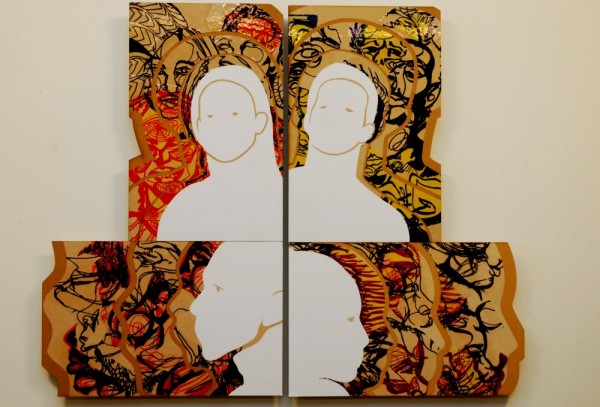


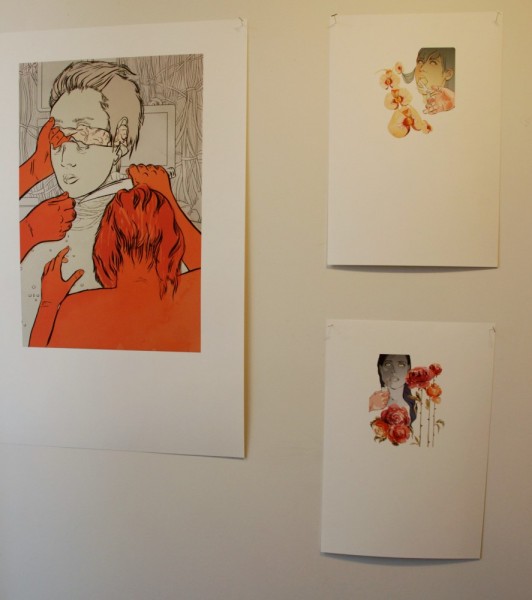
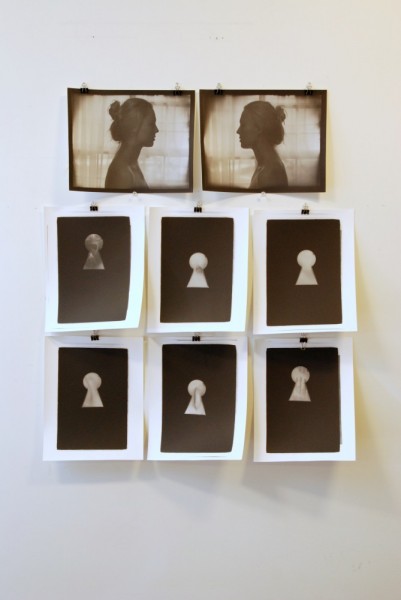
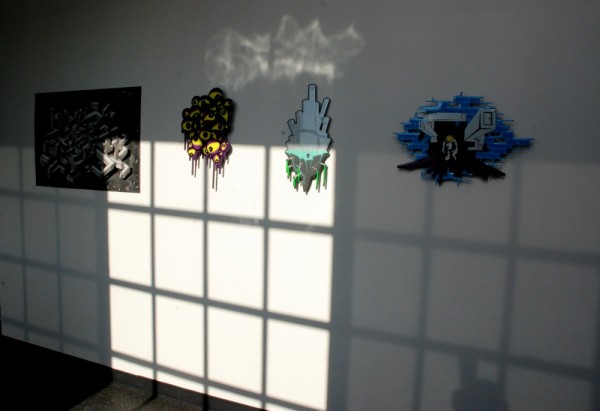

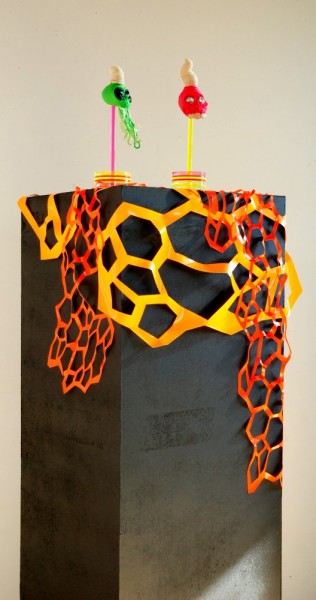
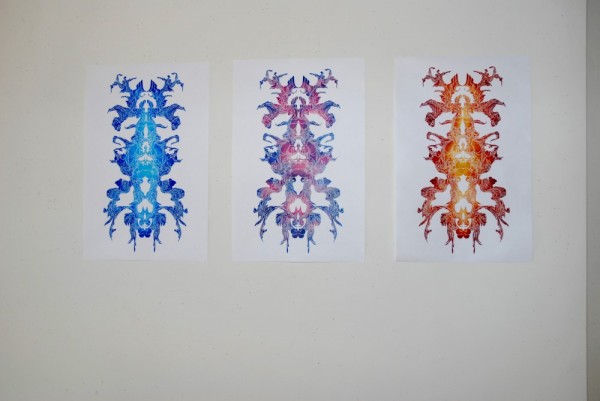


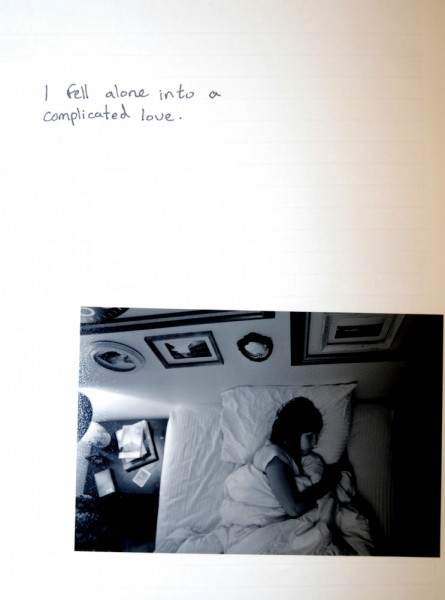
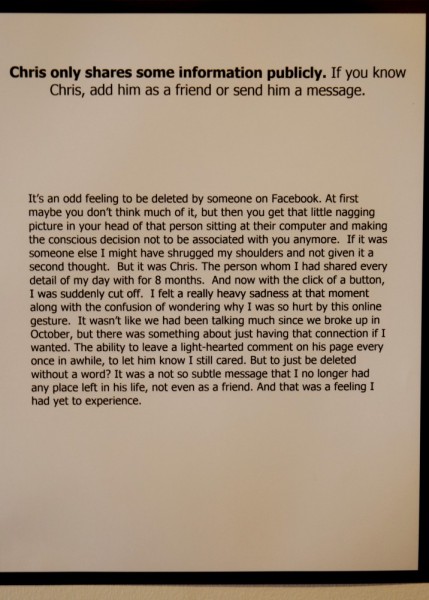
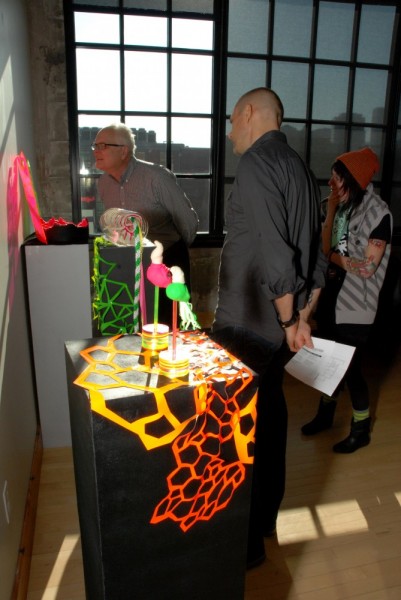
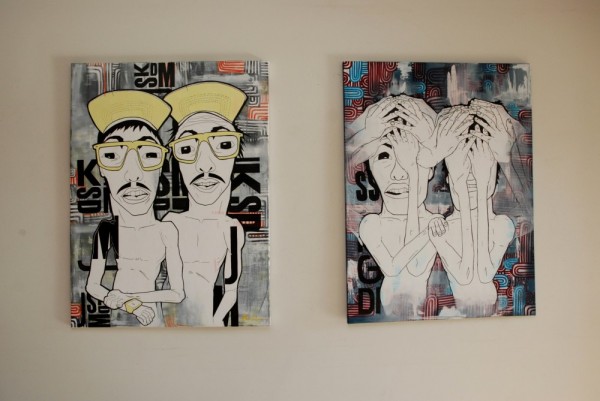
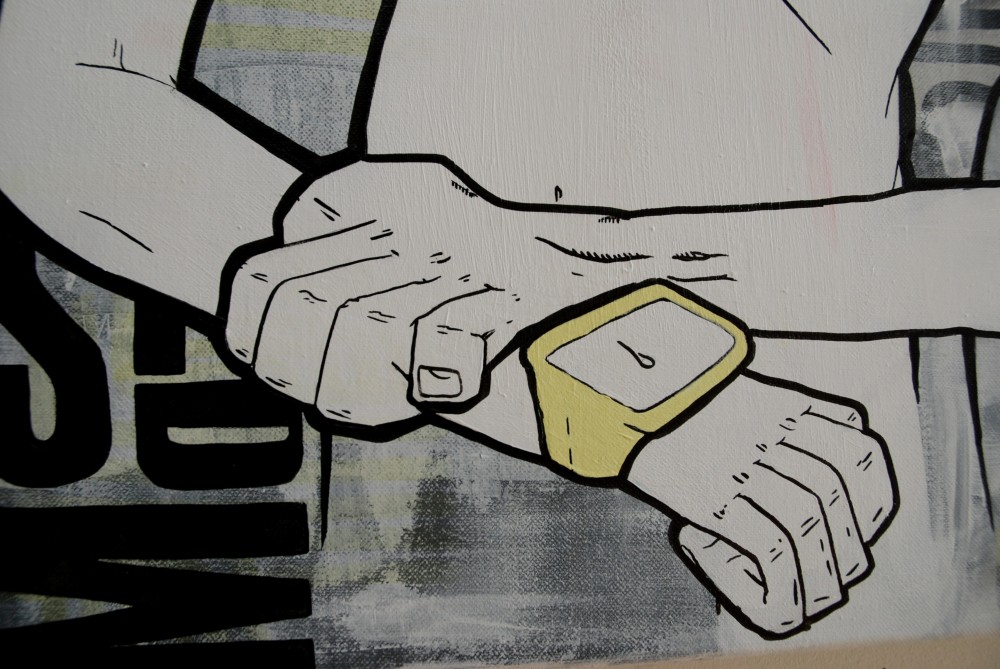
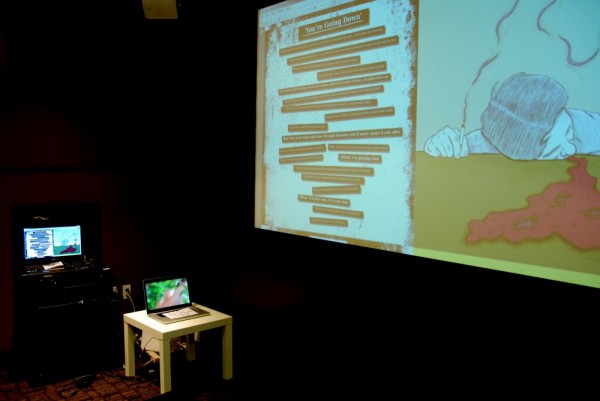
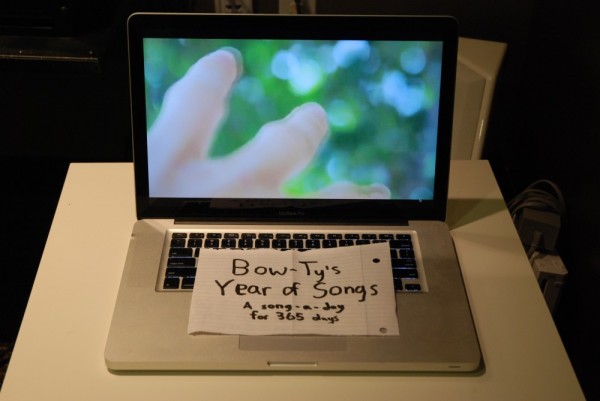

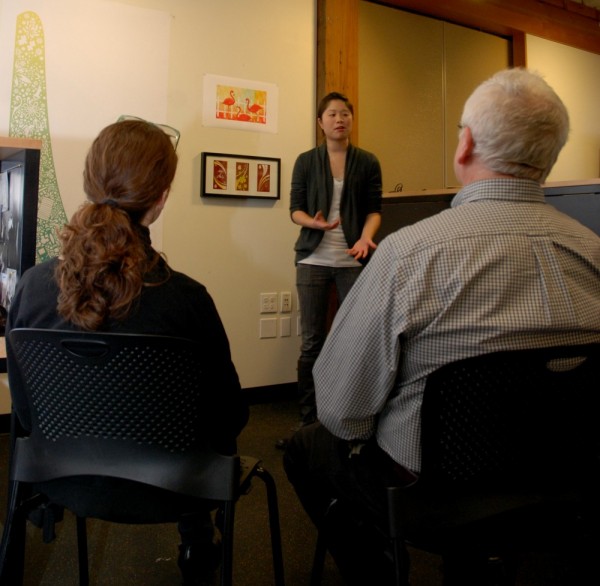

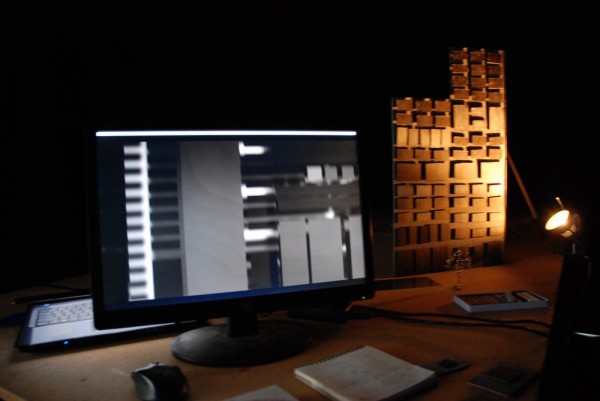
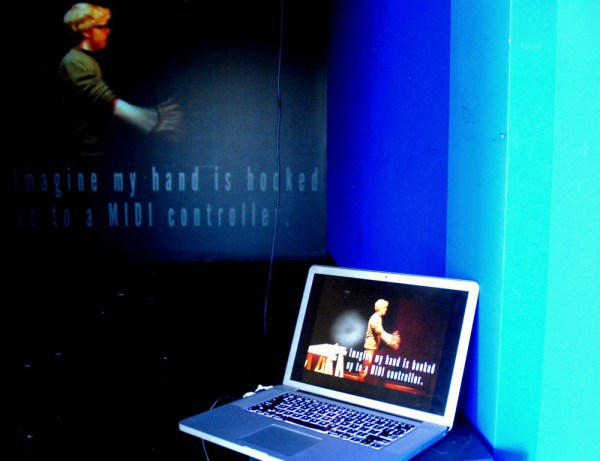
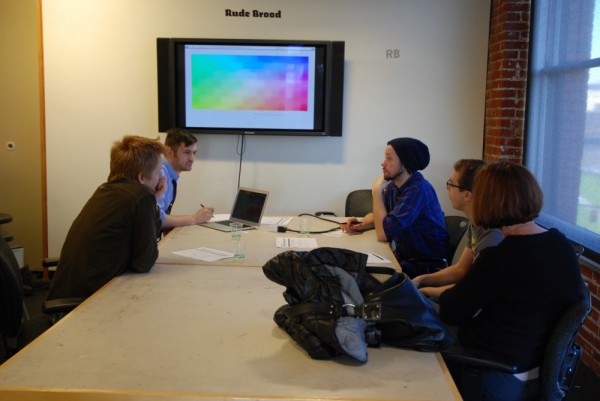
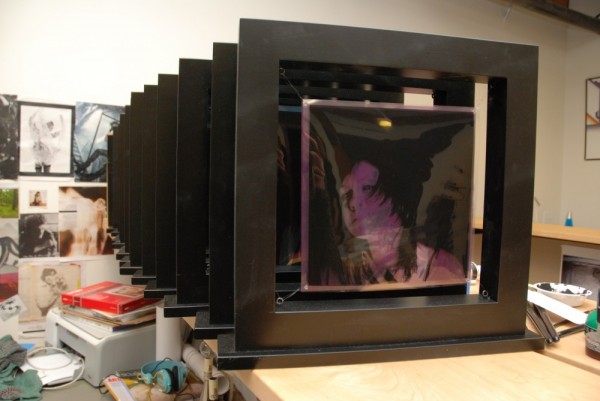

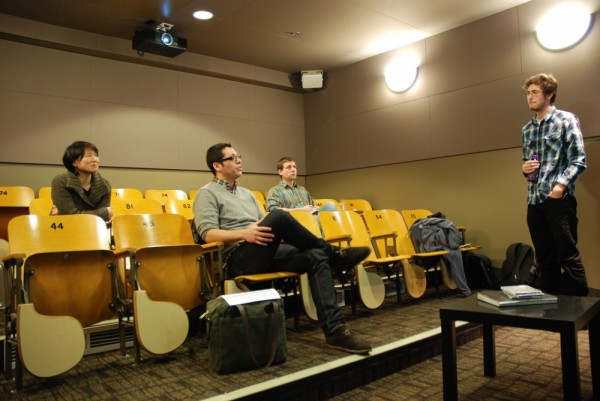

[Christine, Thank you for your help with the artists’ names.]
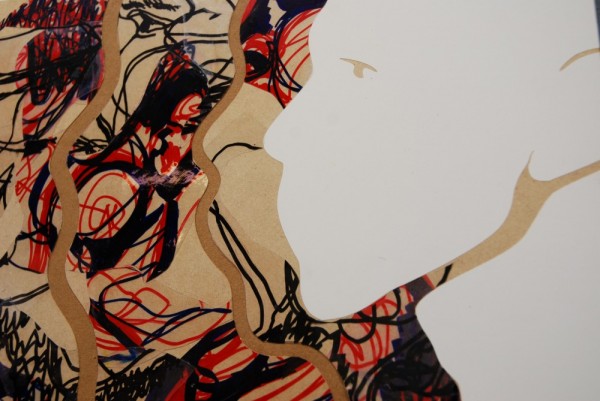
One comment on “Digital Arts in Portland | With Craig Hickman, Fall 2011”